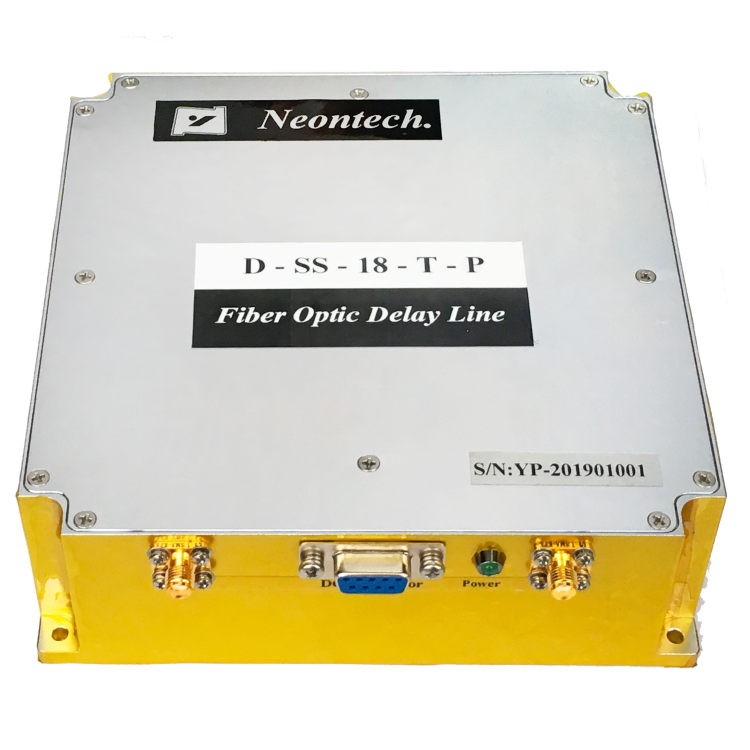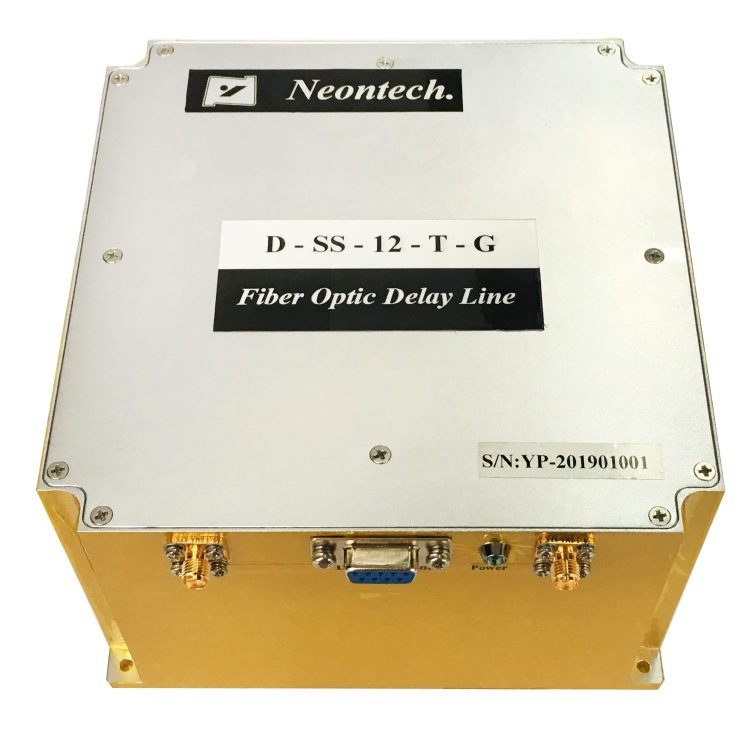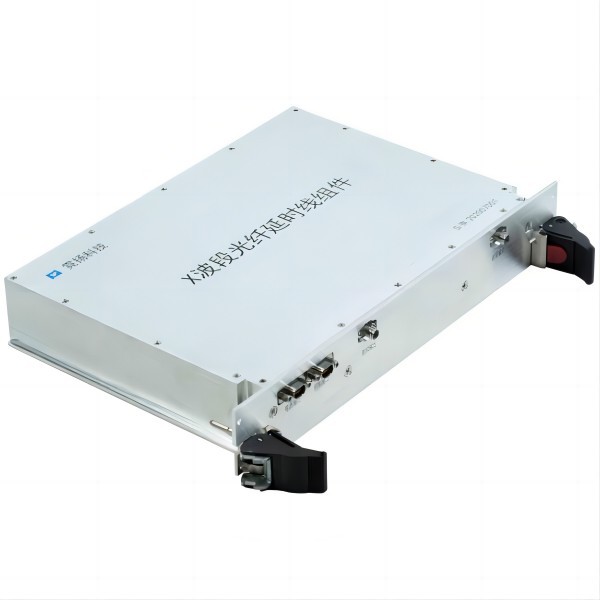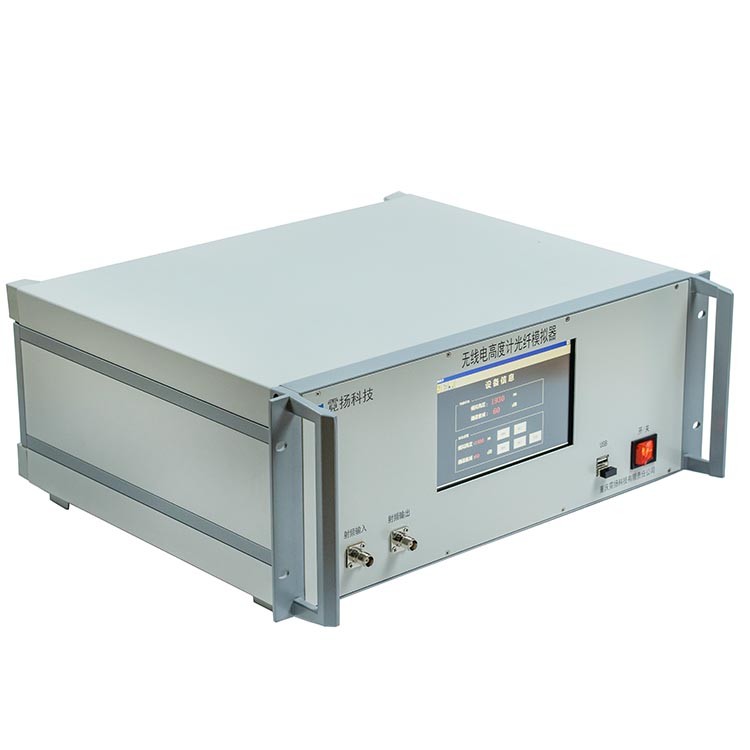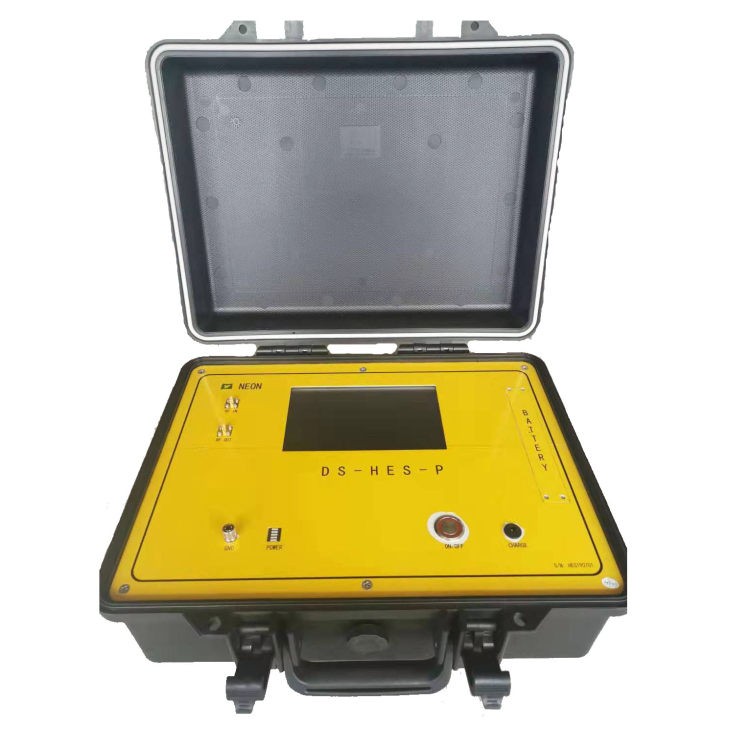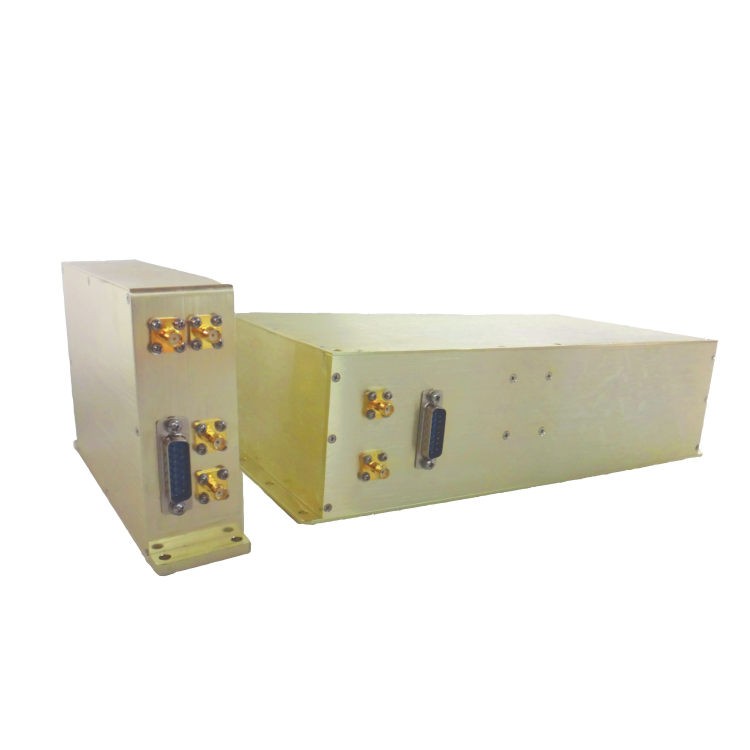Optical Simulators with Fiber Optic Delay Line Features: A Powerful Tool for Designing and Testing Optical Systems
Optical simulators are software applications that can be used to simulate the behavior of optical systems. They are used in a wide variety of industries, including telecommunications, defense, and manufacturing.
One of the most important features of an optical simulator is its ability to simulate fiber optic delay lines. Fiber optic delay lines are devices that can delay the passage of light by a specified amount of time. This makes them ideal for applications where it is necessary to delay a signal, such as in radar systems and telecommunications networks.
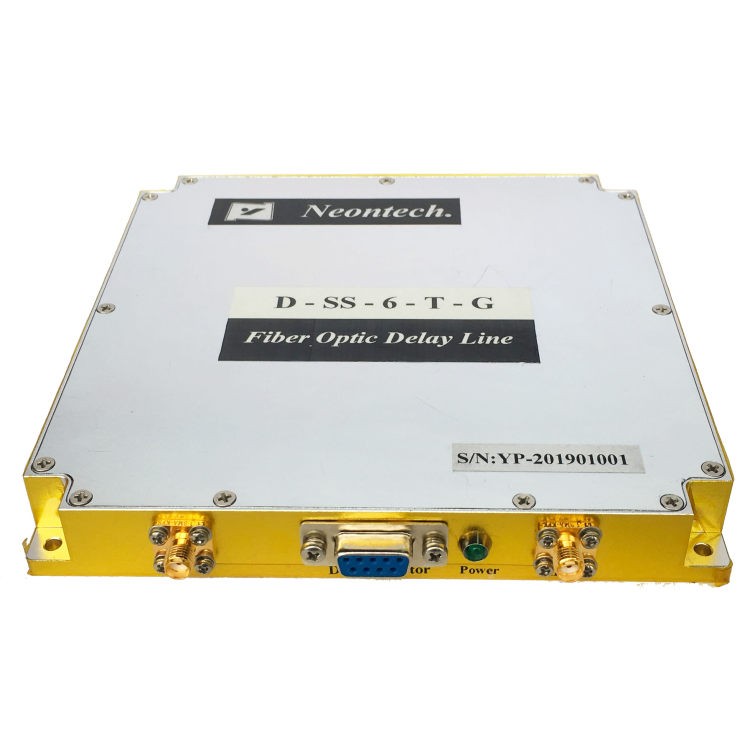
Features of Optical Simulators with Fiber Optic Delay Line
Optical simulators with fiber optic delay line features can be used to simulate a wide range of optical systems, including:
- Fiber optic links: Fiber optic links are the fundamental building blocks of optical networks. They are used to transmit data over long distances with high bandwidth. Optical simulators can be used to test the performance of fiber optic links under different conditions, such as different wavelengths of light, different optical elements, and different temperatures.
- Optical networks: Optical networks are used to transmit data over large areas, such as across continents or even around the world. They are made up of many fiber optic links that are interconnected. Optical simulators can be used to test the performance of optical networks under different conditions, such as different traffic loads, different routing protocols, and different network topologies.
- Radar systems: Radar systems use radio waves to detect objects at a distance. Optical simulators with fiber optic delay line features can be used to simulate radar systems by modeling the propagation of radio waves through the atmosphere. This allows engineers to test the performance of radar systems under different conditions, such as different weather conditions and different target speeds.
- Telecommunications systems: Telecommunications systems use optical fibers to transmit voice, video, and data. Optical simulators can be used to test the performance of telecommunications systems under different conditions, such as different traffic loads, different modulation schemes, and different signal-to-noise ratios.
- Imaging systems: Imaging systems use light to create images of objects. Optical simulators with fiber optic delay line features can be used to simulate imaging systems by modeling the propagation of light through different optical elements, such as lenses and mirrors. This allows engineers to test the performance of imaging systems under different conditions, such as different lighting conditions and different object distances.
- Illumination systems: Illumination systems use light to create a desired effect, such as providing light for a room or stage. Optical simulators with fiber optic delay line features can be used to simulate illumination systems by modeling the propagation of light through different optical elements, such as lenses and diffusers. This allows engineers to test the performance of illumination systems under different conditions, such as different lighting requirements and different ambient light levels.
These simulators can be used to test the performance of optical systems under different conditions, such as different wavelengths of light, different optical elements, and different lighting conditions. They can also be used to optimize the design of optical systems and to troubleshoot problems.
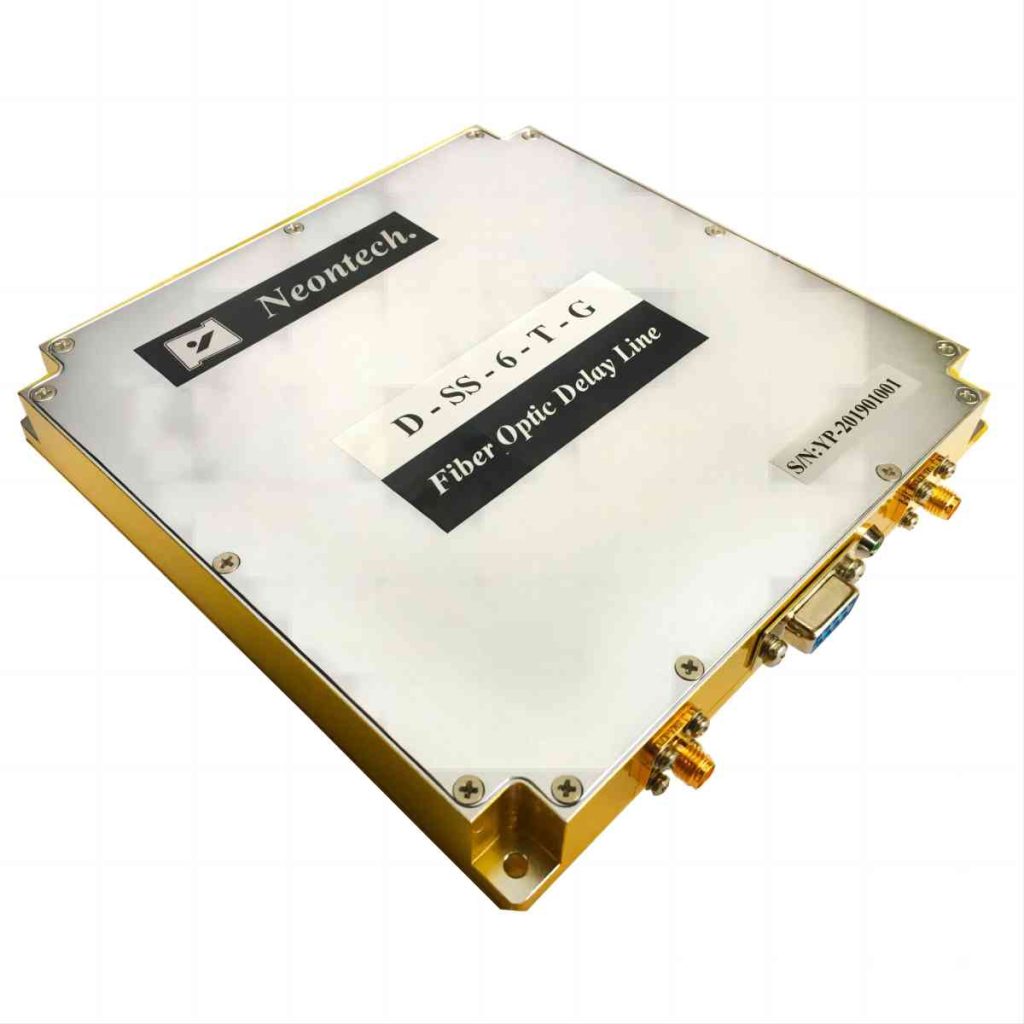
Benefits of Using Optical Simulators with Fiber Optic Delay Line Features
There are many benefits to using optical simulators with fiber optic delay line features. These benefits include:
- Reduced development time and cost: Optical simulators can help to reduce the development time and cost of optical systems by allowing engineers to test and optimize their designs before they are built.
- Improved performance: Optical simulators can help to improve the performance of optical systems by identifying and correcting design flaws.
- Increased reliability: Optical simulators can help to increase the reliability of optical systems by testing them under a variety of conditions.
- Enhanced safety: Optical simulators can help to enhance the safety of optical systems by simulating the effects of different hazards, such as laser radiation and electromagnetic interference.
- Simplified training: Optical simulators can simplify the training of engineers and technicians by providing them with a virtual environment in which to learn about optical systems.
Applications of Optical Simulators with Fiber Optic Delay Line Features
Optical simulators with fiber optic delay line features can be used in a wide variety of applications, including:
- Telecommunications: Optical simulators are used to test and optimize the performance of fiber optic networks. They are also used to design and troubleshoot optical communication systems.
- Defense: Optical simulators are used to design and test radar systems, missile guidance systems, and other optical systems used in defense applications.
- Manufacturing: Optical simulators are used to design and test optical inspection systems, laser cutting systems, and other optical systems used in manufacturing.
- Medical: Optical simulators are used to design and test medical imaging systems, such as MRI machines and laser eye surgery systems.
- Scientific research: Optical simulators are used to study the behavior of light and to simulate the effects of different optical phenomena.
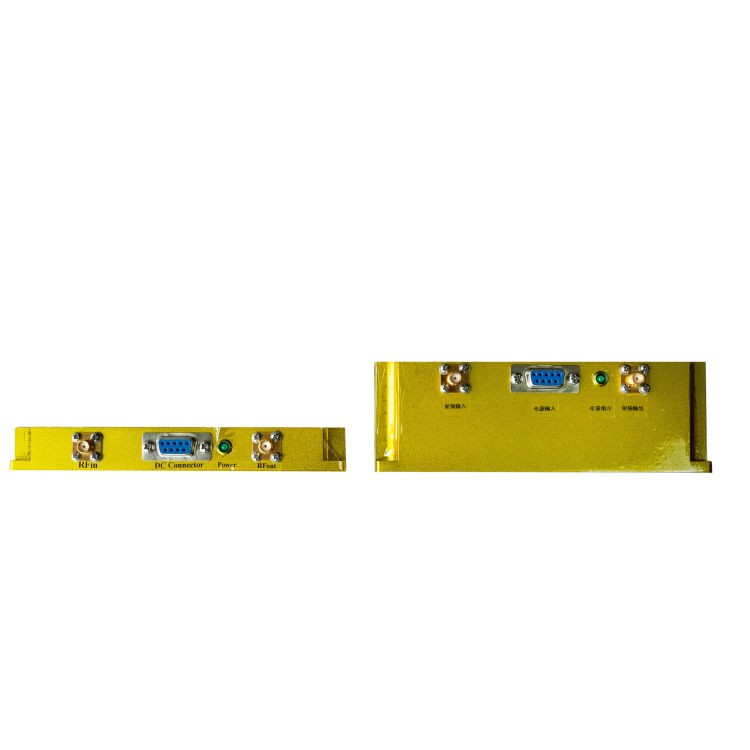
Conclusion
Optical simulators with fiber optic delay line features are powerful tools that can be used to design, test, and optimize optical systems. They offer a number of benefits, including reduced development time and cost, improved performance, increased reliability, enhanced safety, and simplified training. These simulators are used in a wide variety of industries, including telecommunications, defense, manufacturing, medical, and scientific research.


